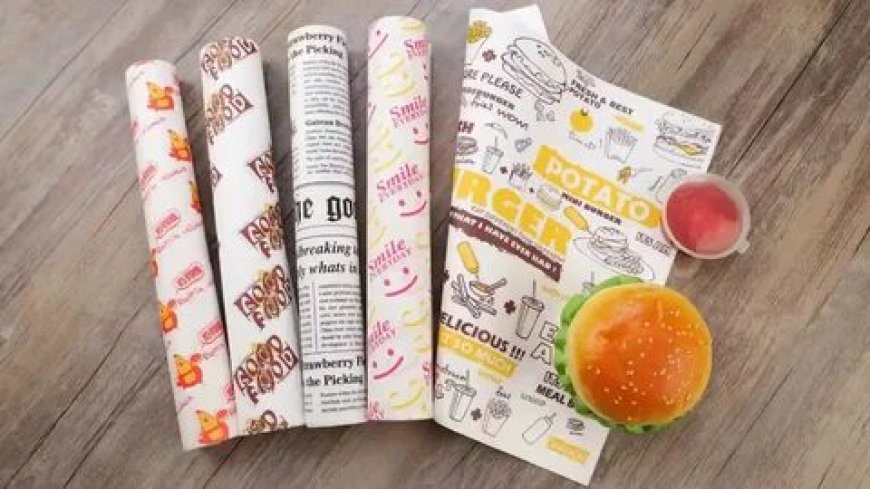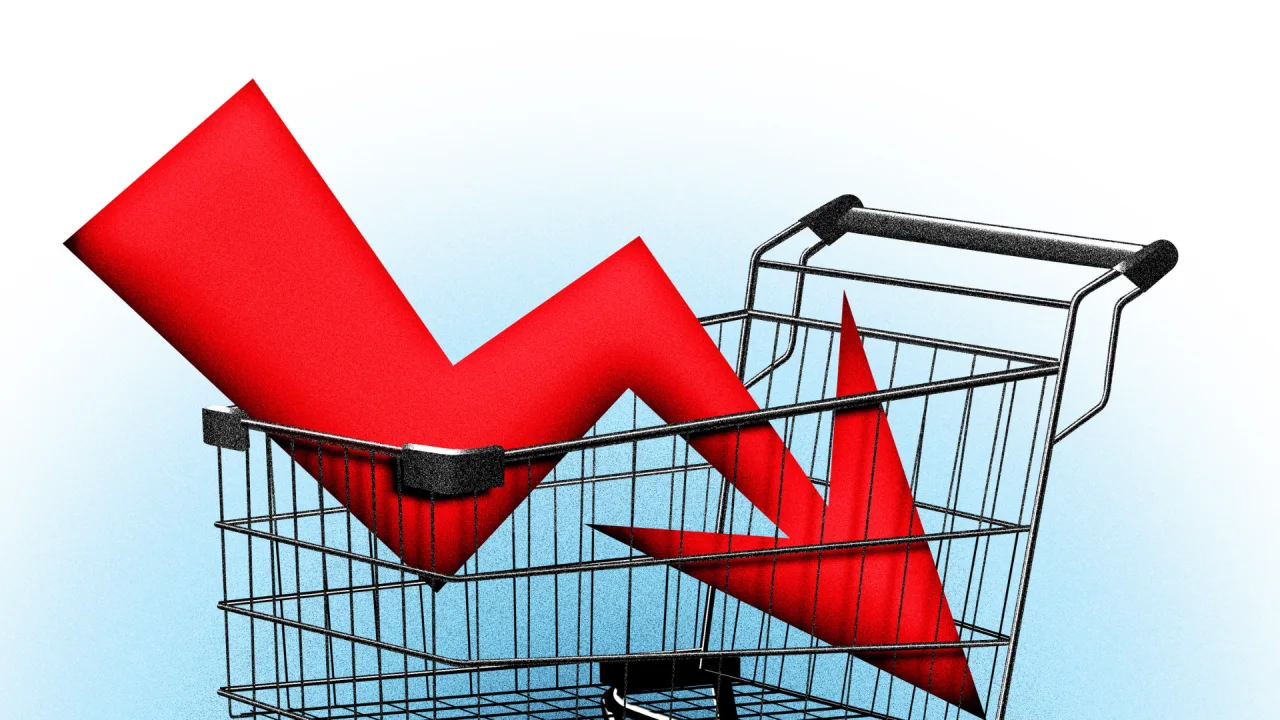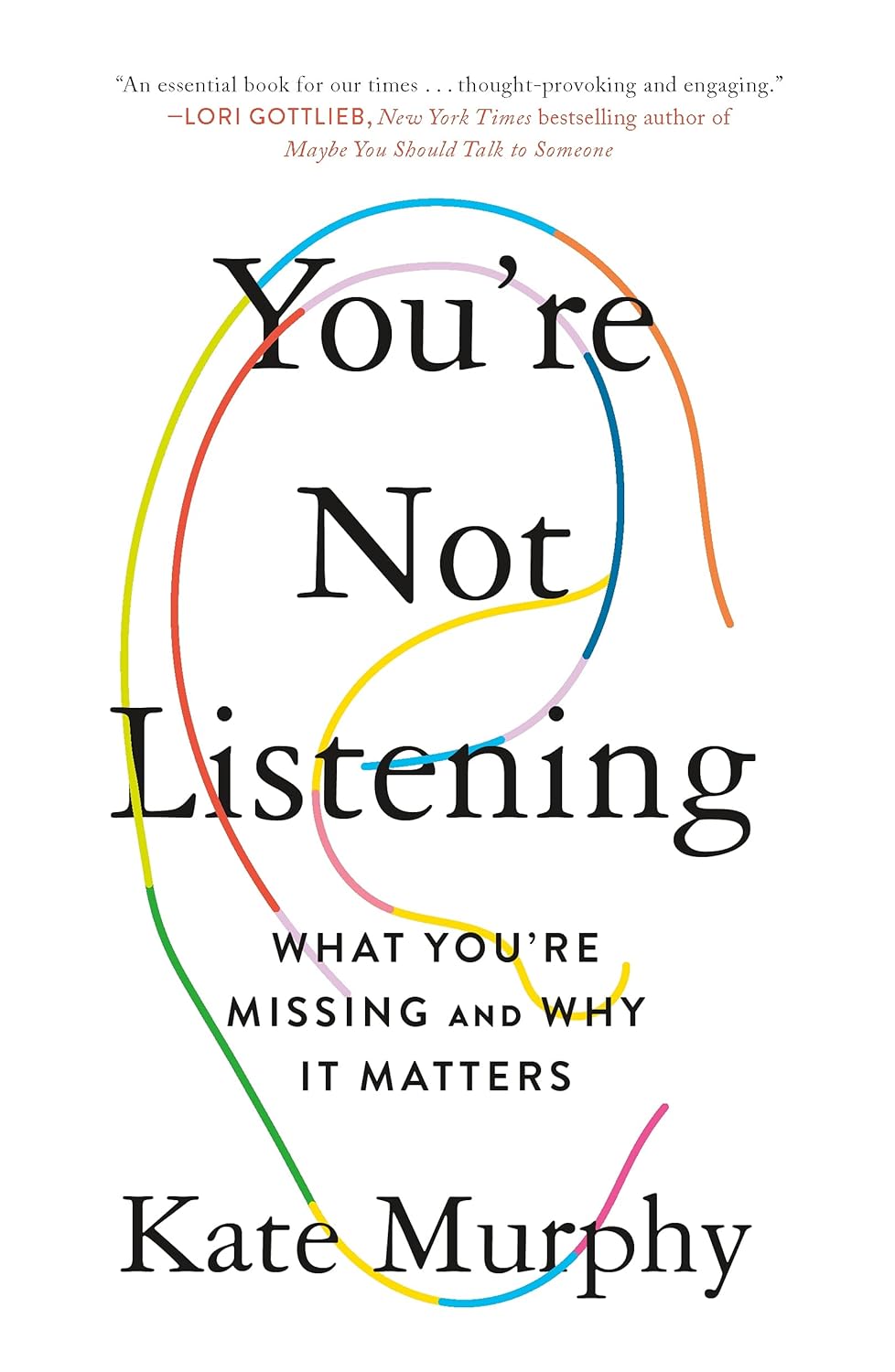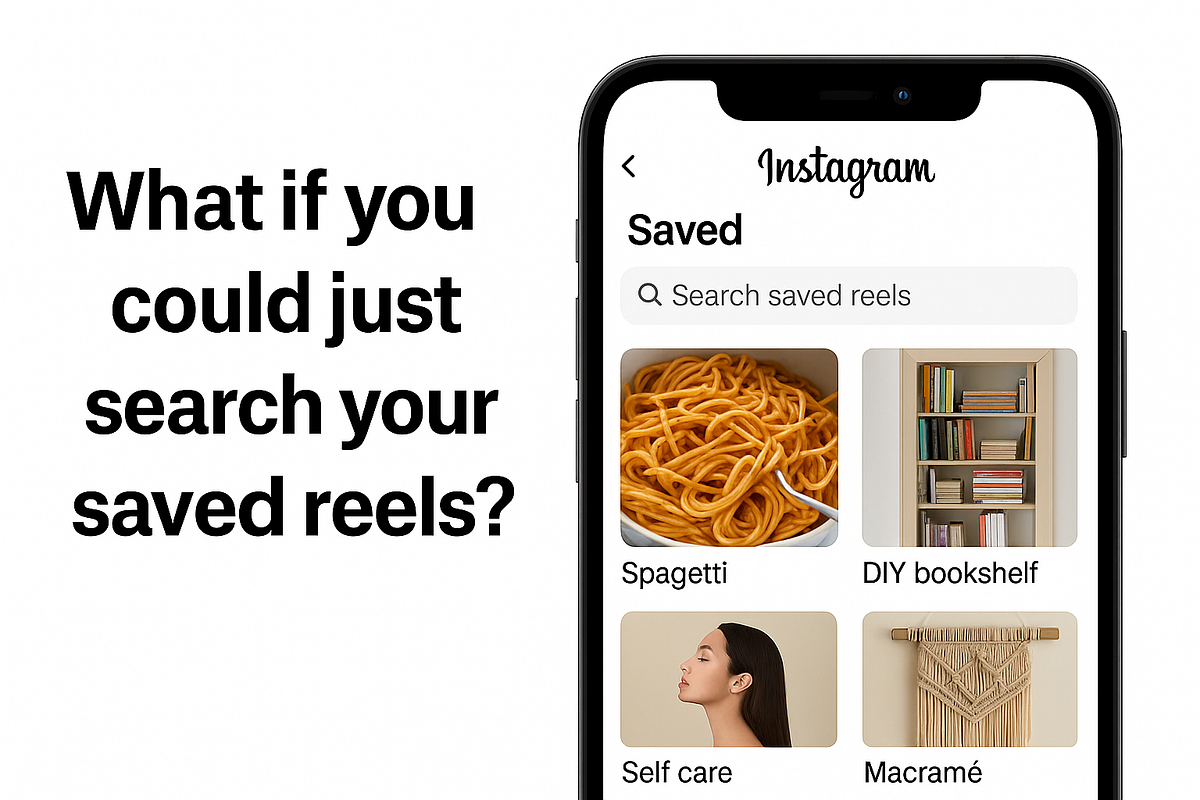Why Custom Deli Paper Matters for Packaging Trends
Discover why custom deli paper is transforming modern packaging trends and how it enhances branding, sustainability, and consumer experience.

Packaging has developed from simple utility to a potent marketing weapon in the hectic fast-food sector of today. Companies now want their packaging to reflect their identity and beliefs; they are not happy with merely maintaining goods fresh. This change in view is pushing companies to investigate more creative and flexible packaging solutions. Custom deli paper is one such trend catching swift attention. Whether utilized in cafés, restaurants, or takeaway eateries, it has grown to be an essential component of brand narrative. Consumer expectations change, and demand for clever, branded packaging gets more robust. Here is where design's ability to meet utility meets power wins.
The Growing Allure of Custom Solutions
Customizing has never been more crucial than it is right now. Companies in the cutthroat food service industry are leveraging every tool at their disposal to stand apart. Custom printed deli paper provides both style and utility, so it matches this approach. From croissants to hamburgers, the wrap counts. Branding carries on with the packaging, not ending at the sign on the wall or the emblem on the napkin. Restaurants that package their food in customized materials leave a more lasting impression. Customizing helps even tiny restaurants to seem elegant and deliberate with their branding, therefore enhancing their competitive advantage in a packed industry.
Improving the Customer Experience with Branding
Something as basic as the paper covering their sandwich can start the emotional link between a consumer and a brand. Perception changes with texture, color, and print quality. Imagine how much more excited one is about what's inside a neatly packaged dinner. This is a sensory contact, not only packaging. Custom deli paper gives a generic food item a branded experience. And in the day of Instagram and social sharing, every element counts. Online brand perception now depends on food packaging since consumers are more inclined to upload well-considered meals with considerate packaging.
Environmental Trends Fuel Demand for Improved Materials
Growing awareness of environmental problems among consumers drives businesses toward sustainable solutions. A revolution in packaging has come from this movement. More businesses are substituting recyclable, biodegradable materials that fit environmentally friendly ideals for plastic. Greening does not, however, mean sacrificing performance or appearance. The correct packaging material allows firms to express their beliefs while nevertheless offering a polished look. Consumers actively seek eco-friendliness when deciding where to eat or what to order. It has become a selling feature. Smart brands are noticing and choosing packaging that appeals to hearts as well as brains.
Aesthetic Pleasure Meets Functional Value
Food packaging needs to appear beautiful while yet resisting temperature swings, moisture, and grease. Some materials stand out because of their perfect mix of design and use. In high-turnover food contexts where speed and presentation have to coexist, this is extremely important. The efficiency of the packaging should never be compromised by its aesthetic worth. Should the wrap fail, the brand suffers in reputation. When beauty and practicality line up, the dining experience is enhanced. These elements are noticed by today's consumers, who then demand that companies get them perfect from the packaging to the whole unwrapping process.
Differentiating Yourself in a Cutthroat Market
Differentiation is essential in a time when consumers have more options than they have ever had. While food quality may draw clients, presentation is what helps them to recall the event. Packaging that captures the core of a brand becomes a quiet salesperson, marketing to consumers even long after the meal is eaten. Consider how easily identifiable brands are based on their font or color palette. Using such a kind of thinking to something as simple as deli paper would increase brand consistency and remember. Food packaging becomes a tool for both marketing and narrative when used creatively and strategically.
Economic Branding That Provides
Custom deli paper is a useful tool for companies that value branding yet have limited budgets. Though it costs less than wax paper for restaurants or specialized containers, it can have just as great an impact. It's also flexible; one design might be applied to sandwiches, baked products, wraps, and more. Custom paper also lessens the requirement for branded bags or stickers, two other branding tools. Its subdued but strong presence qualifies it as a very affordable branding tool. This little piece of paper performs a lot of heavy work in terms of generating unforgettable brand memories.
Conclusion
Custom deli paper is not only a fad; it is becoming the norm in contemporary food packaging. Every little detail counts in this world, particularly in consumer experience and impression, hence, this packaging improvement shows its worth repeatedly. It lets companies be professional, innovative, and environmentally friendly without sacrificing economy or effectiveness. Custom deli paper produces outcomes on both standing out in the market and matching green values. This basic yet effective branding strategy will always be front and foremost in creative food packaging as trends change. Companies that embrace it now are future-proofing their presentation for next year.































































![https //g.co/recover for help [1-866-719-1006]](https://newsquo.com/uploads/images/202506/image_430x256_684949454da3e.jpg)

























![How Smart PMs Scale Their Careers in Any Org [TPG Live Recap]](https://tpgblog.com/wp-content/uploads/2025/06/2025-06-12-thumbnail-action.png?#)



















































